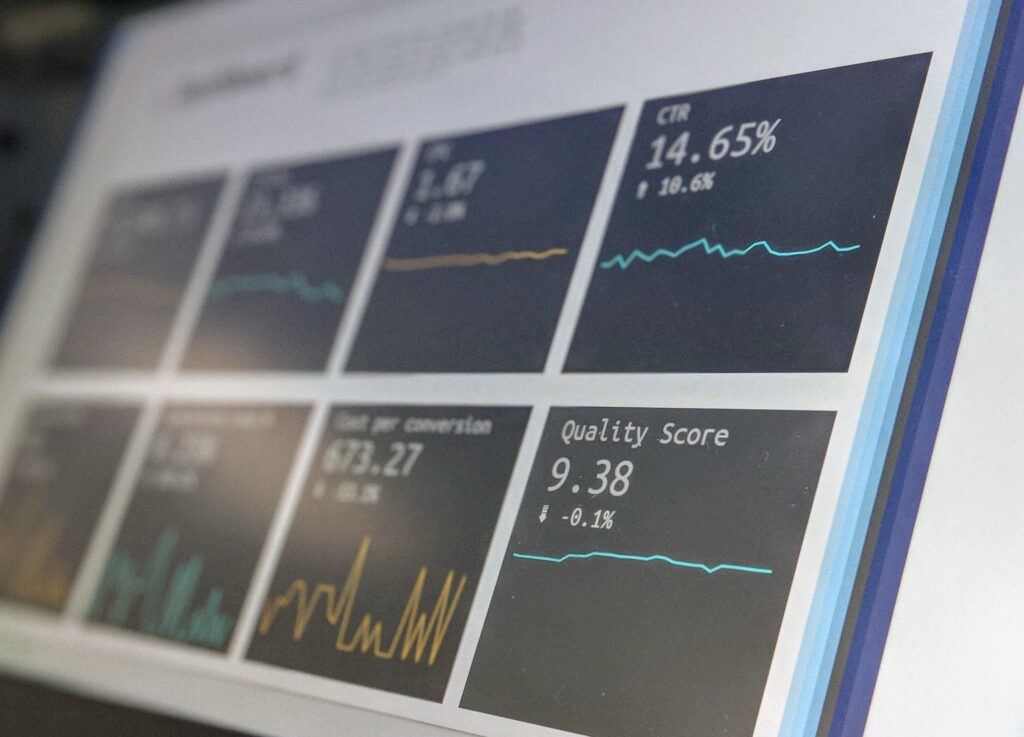When it comes to managing data jobs on Google Composer, there are a few best practices that can help ensure your data jobs run as efficiently and effectively as possible. Google Composer is a powerful tool for orchestrating data pipelines and automating data workflows, but it’s important to have a good understanding of how to use it properly. In this blog post, we’ll cover some of the best practices for scheduling data jobs in Google Composer.
Scheduling Strategy
The first best practice for scheduling data jobs in Google Composer is to make sure you’re using the right scheduling strategy. Google Composer offers a variety of scheduling strategies, including cron-based scheduling, event-driven scheduling, and manual scheduling. Depending on the type of job you’re running, one of these strategies may be more appropriate than another. For example, if your job needs to run at specific times, then cron-based scheduling may be the best option. If your job needs to run in response to certain events, then event-driven scheduling may be the best option. And if you need to manually trigger your job, then manual scheduling may be the best option.
Choosing Resources
The second best practice for scheduling data jobs in Google Composer is to make sure you’re using the right resources. Google Composer provides a variety of resources that can be used for running data jobs, such as Cloud Storage buckets, BigQuery tables, and Cloud Pub/Sub topics. Depending on the type of job you’re running, one of these resources may be more appropriate than another. For example, if your job needs to read from or write to a Cloud Storage bucket, then you should use a Cloud Storage bucket. If your job needs to read from or write to a BigQuery table, then you should use a BigQuery table. And if your job needs to publish or subscribe to messages, then you should use a Cloud Pub/Sub topic.
The Right Tools
The third best practice for scheduling data jobs in Google Composer is to use the right tools. Google Composer provides a variety of tools that can be used for running data jobs, such as Apache Airflow and Cloud Dataflow. Depending on the type of job you’re running, one of these tools may be more appropriate than another. For example, if your job needs to process large amounts of data in parallel, then Cloud Dataflow may be the best option. If your job needs to run complex workflows, then Apache Airflow may be the best option.
Monitoring and Tracking
Finally, the fourth best practice for scheduling data jobs in Google Composer is to use the right monitoring tools. Google Composer provides a variety of monitoring tools that can be used for tracking the status of data jobs, such as Stackdriver Logging and Stackdriver Monitoring. Depending on the type of job you’re running, one of these tools may be more appropriate than another. For example, if your job needs to track the progress of individual tasks, then Stackdriver Logging may be the best option. If your job needs to track the overall performance of the job, then Stackdriver Monitoring may be the best option.
Conclusion
In summary, there are a few best practices for scheduling data jobs in Google Composer. These include using the right scheduling strategy, using the right resources, using the right tools, and using the right monitoring tools. By following these best practices, you can ensure that your data jobs run as efficiently and effectively as possible.
At Anant Corporation, we specialize in helping organizations get the most out of their data platforms. We offer expert consulting services in the areas of data engineering, platform automation, and data lifecycle management. Contact us today to learn more about how we can help you optimize your data jobs in Google Composer.
Photo by Felix Mittermeier @ Pexels.




